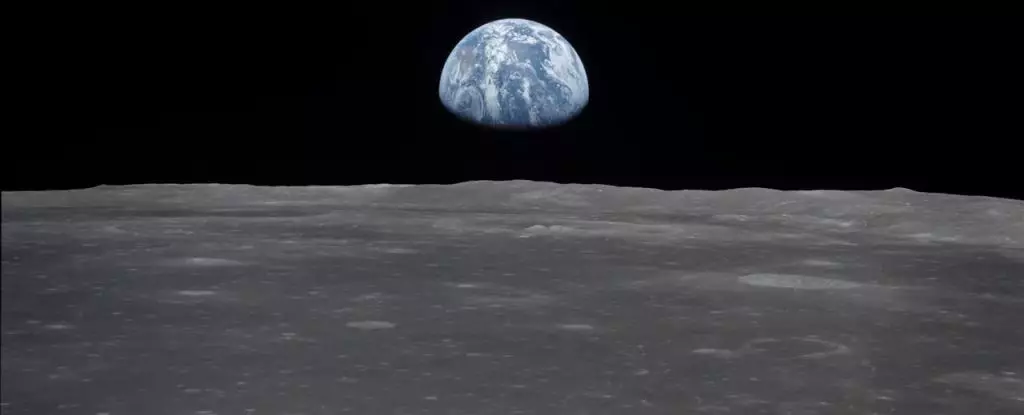When we look up at the Moon, we see a serene and barren landscape devoid of life. However, scientists have discovered that Earth’s satellite does indeed have a thin exosphere, a kind of atmosphere created by the constant bombardment of micrometeorites. This revelation sheds light on the mystery of how the Moon sustains its gaseous envelope despite the lack of a magnetic field like Earth’s.
In the past, theories about the origin of the Moon’s atmosphere have included micrometeorite impacts and ion sputtering caused by solar wind. However, a new study led by geochemist Nicole Nie of the Massachusetts Institute of Technology (MIT) provides definitive evidence that micrometeorite impact vaporization is the dominant process responsible for creating and maintaining the lunar exosphere. By analyzing data from the Lunar Atmosphere and Dust Environment Explorer (LADEE), researchers were able to confirm that both processes play a role, but micrometeorites have a more significant impact.
To determine the source of the Moon’s atmosphere, Nie and her team examined samples of Moon dirt collected during the Apollo missions. By looking for the presence of potassium and rubidium in the samples, which are easily vaporized elements, the researchers were able to distinguish between vaporization caused by micrometeorite impacts and ion sputtering. The results of the analysis using a mass spectrometer revealed that micrometeorite impact vaporization contributes more than double the amount of atoms to the lunar exosphere compared to ion sputtering.
Understanding the mechanisms behind the creation of the Moon’s atmosphere has broader implications for space exploration. Similar processes may be occurring on other celestial bodies in the Solar System, such as asteroids and moons. Missions to retrieve samples from these bodies, like the European Space Agency’s planned mission to Martian moon Phobos, could provide valuable insights into the impact of micrometeorites on planetary atmospheres.
The discovery of micrometeorite impact vaporization as the primary source of the Moon’s atmosphere highlights the complex interactions between celestial bodies and their surrounding environment. By studying the lunar exosphere, scientists can gain a better understanding of the processes shaping our Solar System and potentially uncover new insights into the origins of atmospheric gases on other planets and moons.


Leave a Reply